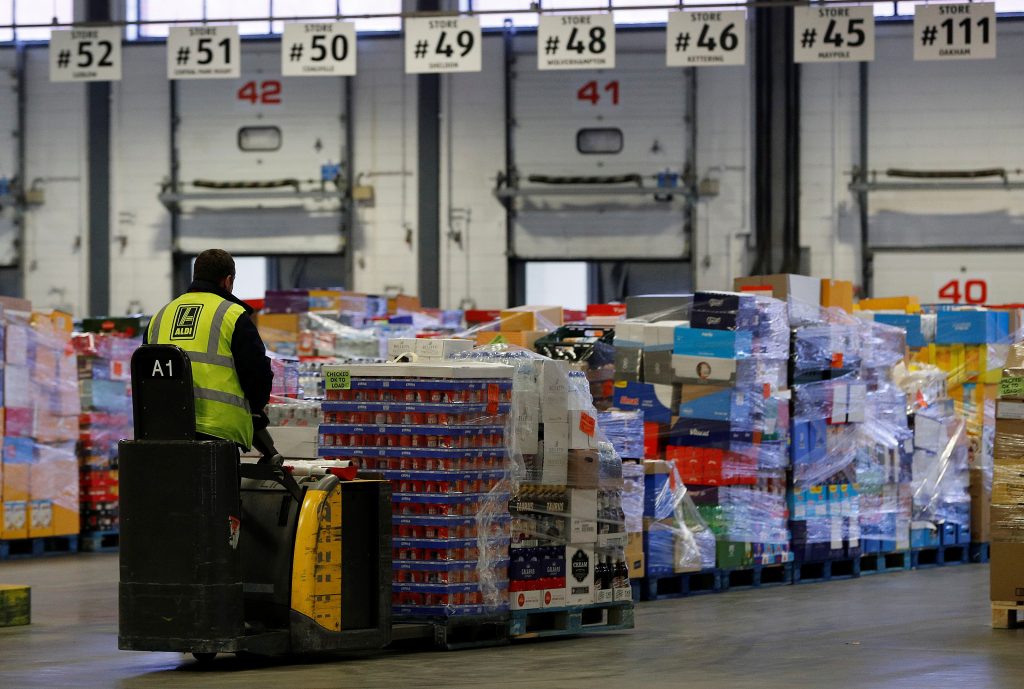
Enhancing delivery efficiency and reducing logistics costs in 2023 and beyond requires a multi-faceted approach.
In the crowded retail marketplace, customer experience is key, and logistical capabilities are what set the winners apart from the less prepared. Companies that are not able to deliver goods at the right time and place will risk losing their customers to one of many competitors. Furthermore, failing to deliver against the lowest costs may mean setting back business goals.
Logistics Challenges
The growing importance of customer experience represents a challenge for the industry, on top of the ever-present need to control costs. However, these are not the only concerns. Rapidly evolving technologies make the retail supply chain increasingly complex to manage. On top of that, sudden disruptions, as experienced with COVID-19, uncovered the vulnerability of global supply chains and the need for improved resilience and agility.
In light of this, we conducted a global survey with Reuters Events to assess how retailers and logistics service providers are currently planning their logistics operations, the difficulties they encounter and the challenges that they foresee in the near future. The report results show that many companies are indeed lacking visibility and efficiency in their logistics planning, with 57% of respondents still relying on spreadsheets or administrative systems. Though they are able to support basic planning measures, these legacy tools were never designed to plan complex logistics operations, let alone deal with the many rules, constraints and disruptions in today’s retail supply chain operations. Accuracy is rated as the second most important aspect of delivery, and yet many organizations notice a significant gap, namely between the plan and the execution of said plan.
Your organization’s success in today’s retail landscape relies on the ability to quickly adapt to change and find opportunities for cost savings while keeping service at a maximum. So, the question now becomes, “How can retail organizations and food distributors create the most efficient plans for their logistics operations and poise themselves for disruptive change?”
Reducing Logistics Costs
- First, embrace advanced technology. Digital solutions and automation can streamline processes, improve staff productivity, and enhance overall operational efficiency.
- Consider optimizing your warehouse layout for maximum inventory efficiency. A well-planned layout reduces the time and effort required to move goods, leading to decreased labor and transportation costs.
- Thirdly, assess your product quality and efficiency. The more SKUs you have to manage, the higher your logistics costs. Reducing the number of product variants can simplify inventory management and lower storage costs.
- Next, you should reconsider your transportation options. Renegotiating with carriers for lower prices can lead to significant cost savings.
- Lastly, consider outsourcing logistics-related tasks. A third-party logistics provider can help optimize your logistics processes, freeing up your resources for other key business operations.
